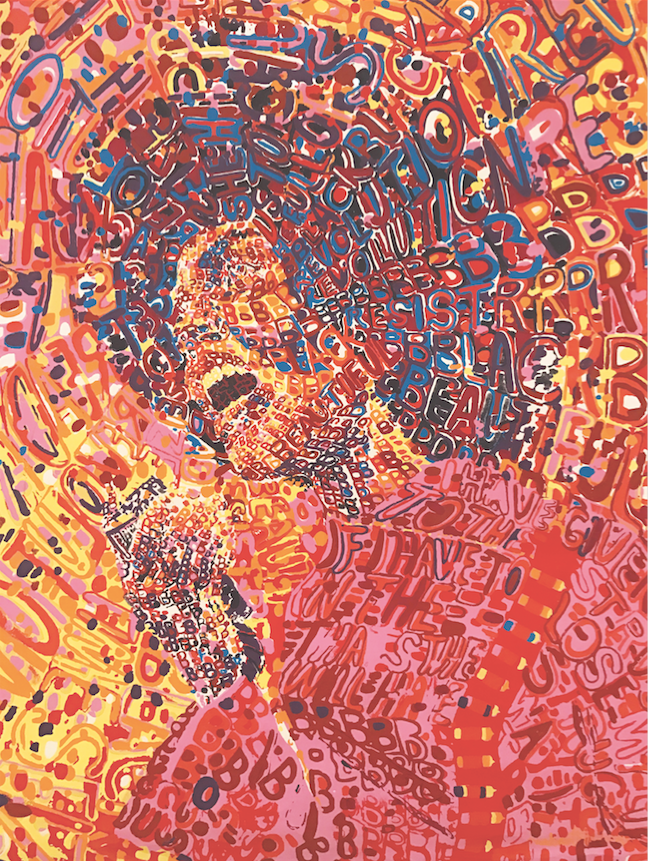
Imagine placing over 100 years of information about your life into a box. Every photo ever taken, every song ever sung, every tear ever shed. This is what it feels like to walk through the National Museum of African American History.
On Feb. 21, Hofstra’s office of Intercultural Engagement and Inclusion (IEI) took 50 students – including members of TranscenDANCE, NAACP, the Black Student Union and other organizations – on a trip to Washington, D.C., in order to experience this museum as a part of Black History Month. The trip was the first of its kind and its success may guarantee more trips in the future.
The museum’s five floors hold the daunting past and present of America’s history. Every ugly unturned stone and bright shiny pebble is placed for all to see within the museum walls.
Museum guests can pick anywhere to start within the museum, but its full effect works best starting at the bottom.
Guests take an escalator down one floor in order to start their adventure into the depths of the gallery. Once there, you wait on a line where 25 people at a time are placed onto an elevator and lowered down three more floors.
As the elevator descends to the bottom, you are taken back in time. One of the glass walls reveals a timeline that slowly creeps back until it arrives at the end: the start of slavery.
This portion of the museum is the darkest in every sense of the word. The lighting is dim and the primary source of sound comes from the voices of the slaves telling their stories over the speakers.
Behind the glass cases pictures, maps, chains, tools and other pieces from slave ships and more were on display, retelling their gruesome stories.
One wall was covered in the names of slave ships along with the number of slaves they held, the number of “cargo” increasing as the years and technology advanced.
As you continue on your journey, the walls began to open into a larger space, taking you into the next portion of history. A statue of Thomas Jefferson and the shawl of Harriet Tubman were just two of the pieces found in the next portion of the museum.
It was clear that the creators paid extreme attention to detail as guests walked up to displays with their noses pressed against the glass in order to take in every detail. Walking around, I watched as strangers, now friends, discussed the untold stories and half-truths from childhood amongst the pieces in the exhibit.
Moving up ramps to higher levels guests can gaze down on the past while walking into the future of the civil rights era.
A life-sized model train sits in the center showing the difference between the colored and white sections of the train. Small bathrooms with poorly manufactured toilets and ripped seating plagued one half of the train while the other half shined, displaying the idea of separate but equal.
As you walk through each portion of the exhibit you receive another untold story or an extended version of an old one. What the viewer can appreciate most about this museum is its commitment to telling everything. This museum extends past Rev. Dr. Martin Luther King Jr., Harriet Tubman and President Obama – the few famous African-American’s that many educational institutions focus on during the month of February. The museum proves the importance of a continuous and full education that goes beyond Black History Month and the standard curriculum.
The National Museum of African-American history is breathtaking to say the least. Despite many people’s efforts, one cannot see every piece of the museum in one day. A viewer may stop for hours within its many interactive touch screens or listen to the numerous amounts of music being played. No matter what section of the museum you may encounter it is sure to take your breath away.
The IEI office was smart to plan this trip and hopefully it continues on as a tradition for the Hofstra community. The National Museum of African-American History is not just a trip for Black History month; it is an interactive learning experience for all ages that will never disappoint.


